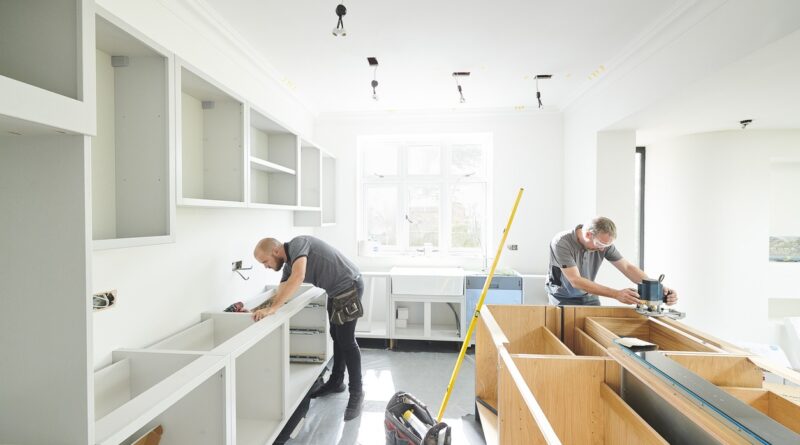People often get overwhelmed when planning a home renovation. The main reason is staying within budget. Unwanted elements such as asbestos, unreliable wiring, and safety hazards can hinder our efforts. Let’s review five easy steps to make the entire experience less stress-inducing.
Lay together your entire design thinking process
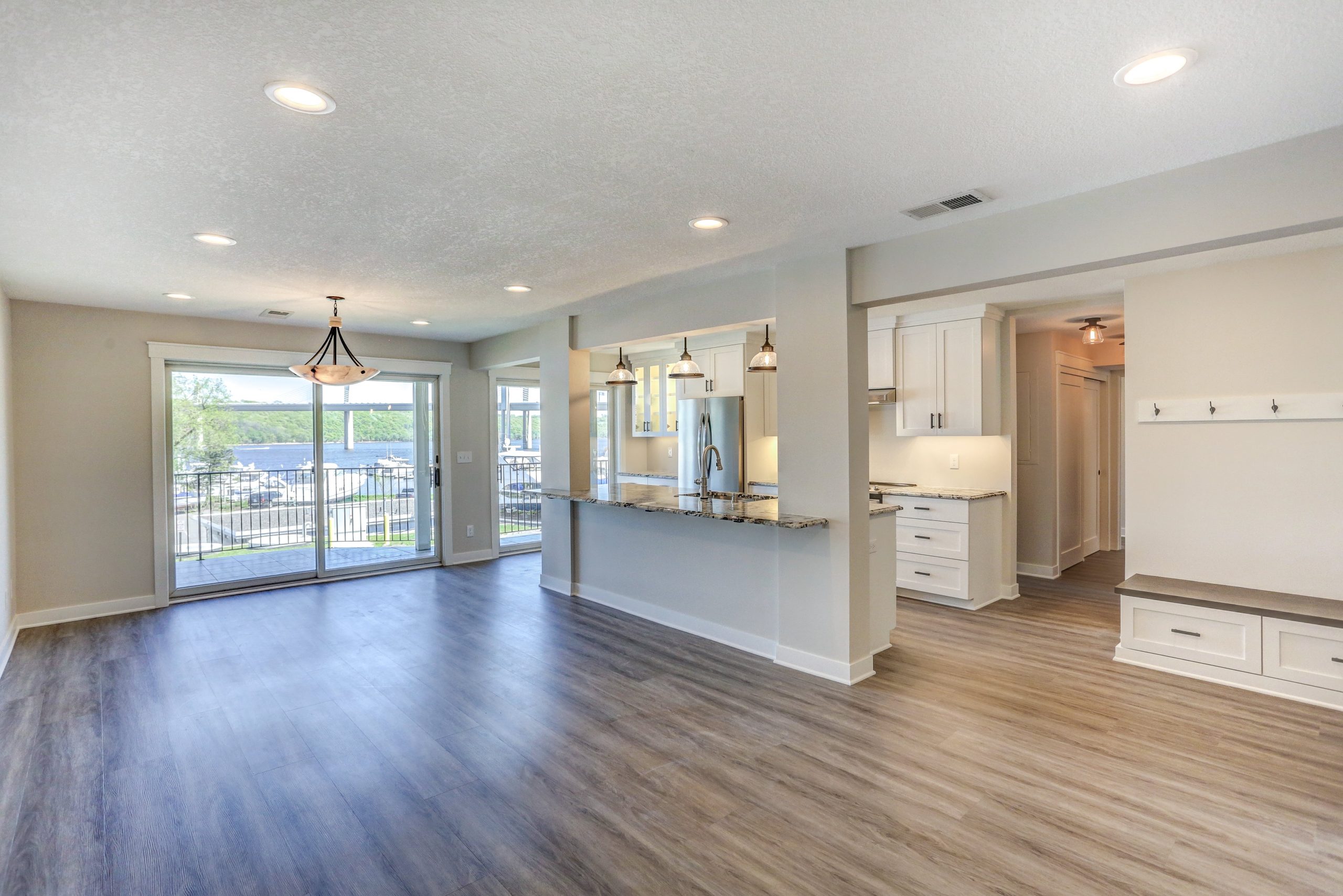
source: pinterest.com
When things go wrong, people struggle to find the “priorities” just to feel frustrated about the final result of the renovation. While it’s true certain fixes cannot be ignored when found, satisfying the original needs that inspired the renovation process is crucial.
How to properly do this? There are several approaches for this tactic:
- Build a “mood board” on Social Media platforms like Pinterest. This will help to retrieve inspiration when you cannot find a desired piece of decor, to get something similar instead.
- Create video recordings of your planning sessions to review your feelings when browsing between options or which ideas led to others.
- Prepare a “presentation” as if you were to introduce your design concept to a potential client, covering every aspect from aesthetics to cost and time estimation to be completed.
Although you may feel this step can be overlooked, the truth is that building a correct design thinking process can make decision-making stages an actual fun experience. Another advantage of applying this methodology is to solve queries when the home renovation involves conflicting opinions between spouses, as you carefully track the reason behind each choice for serving a need and state who raised such an idea.
Prepare for the worse by reserving 20% of your actual budget
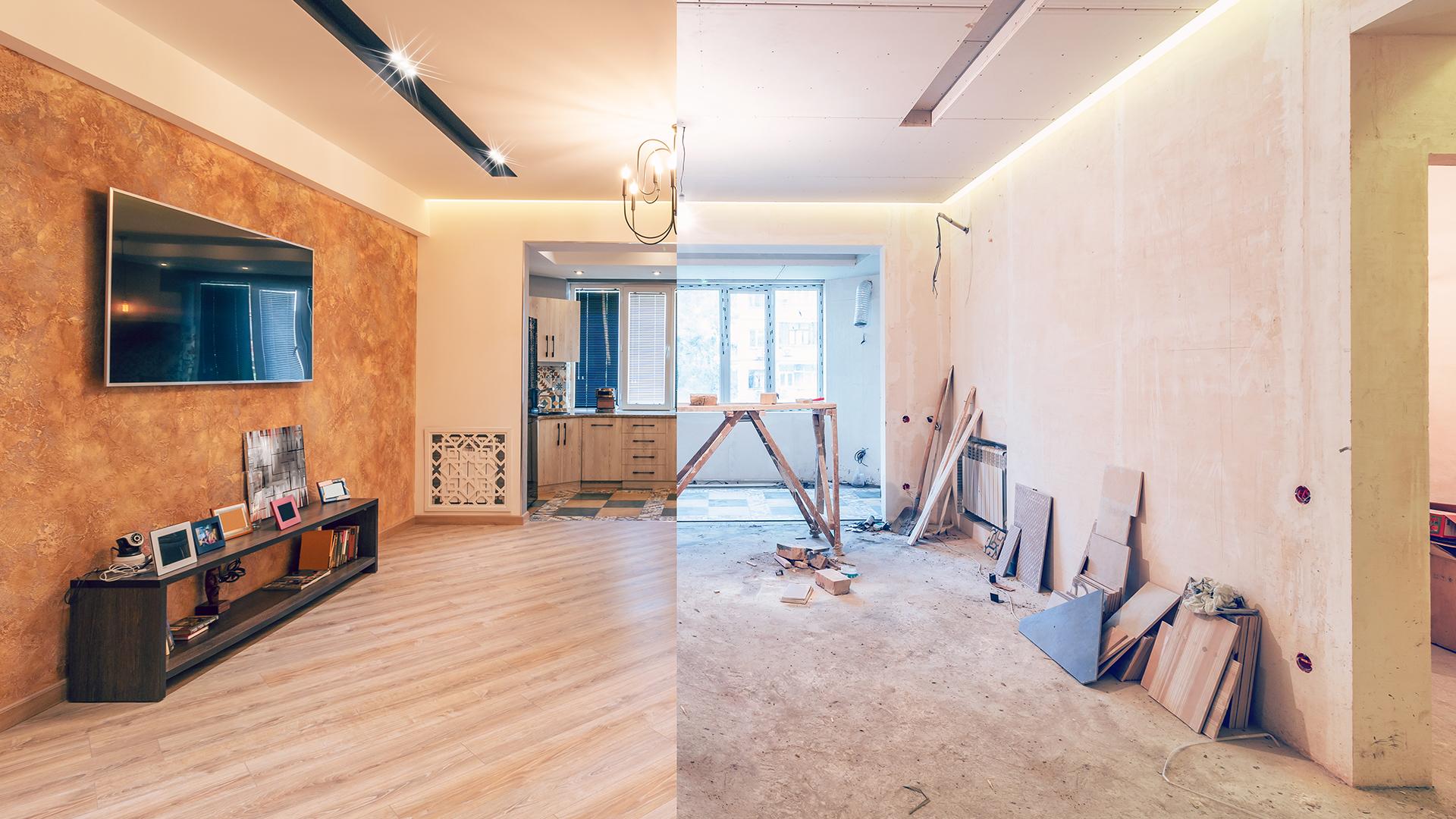
source: pinterest.com
Even if you consider doing a minor renovation or redoing the garden, inconveniences are just around the corner. People fret over contractors asking for money over issues that weren’t even planned. Frequently, those liabilities in the budget are actual demands of updated building codes to get the permits.
Instead of considering how to outsource each financial institution for a loan, be humble with your approach and reserve 20% of the amount you intended to spend as an emergency fund. This can sort out huge problems like structural fixes, redoing plumbing, paying for unplanned inspections, etc. In the end, if you don’t end up using that sum, it can build your family’s emergency fund or be a good incentive to take holidays next year.
Buy luxuries at the proper time
How often did you dream of owning a gorgeous heated towel radiator as you see in home decor magazines? Items like those or other decor items considered “luxuries” don’t have to feel that way for your wallet if you apply the proper planning techniques.
When buying an expensive item for your home renovation plan, first inquire if an actual sale is running at available stores. Black Friday is the perfect scenario for saving tons of money, but the truth is most stores hold special discounts on particular dates such as their anniversary, Amazon Prime Day, etc.
Another good practice is to ask for a discount directly. Customer loyalty discounts, banking discounts, discontinued item discounts, and so many other options are available to the witty customer, and you just have to ask.
Avoid engaging in home renovations while on holidays
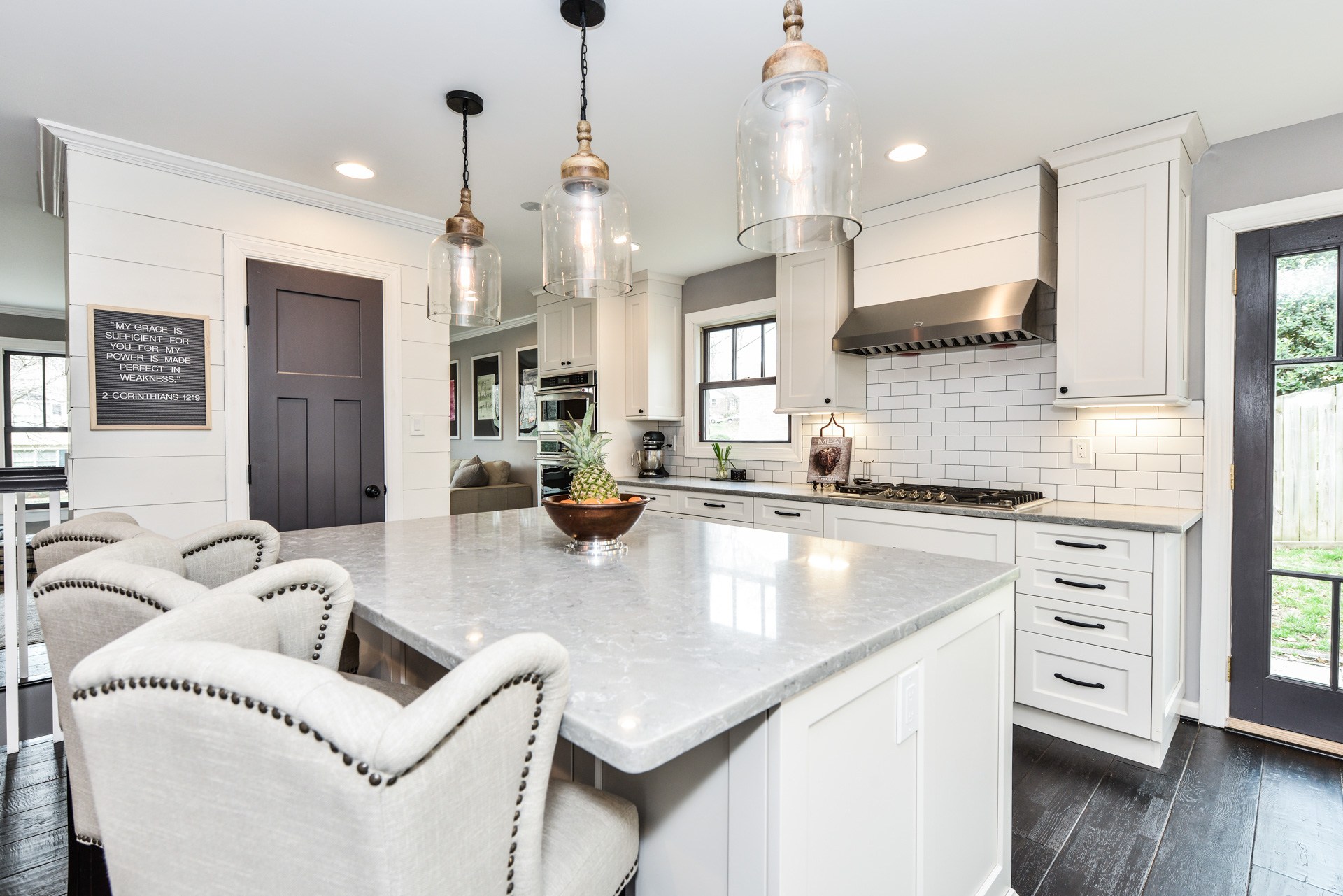
source: pinterest.com
A common mistake made by families is using their holidays as the precise moment to engage in home renovations. Why, you may ask? The simple answer to this point is that home renovation is, by definition, a time-demanding and stress-inducing activity.
Your home may feel like a hurricane ran over the place, and children may not get the idea of what’s going on and why they cannot access certain areas of the home. Instead, plan the entire home renovation process according to your work schedule.
If your employer allows for remote work, ask for it. That way, you can supervise what’s happening with your house and not lose precious working hours and see your payments affected. After the entire renovation, you can take refreshing holidays to unplug from experience and return to a dream-like place.
Don’t consider everything as “disposable”
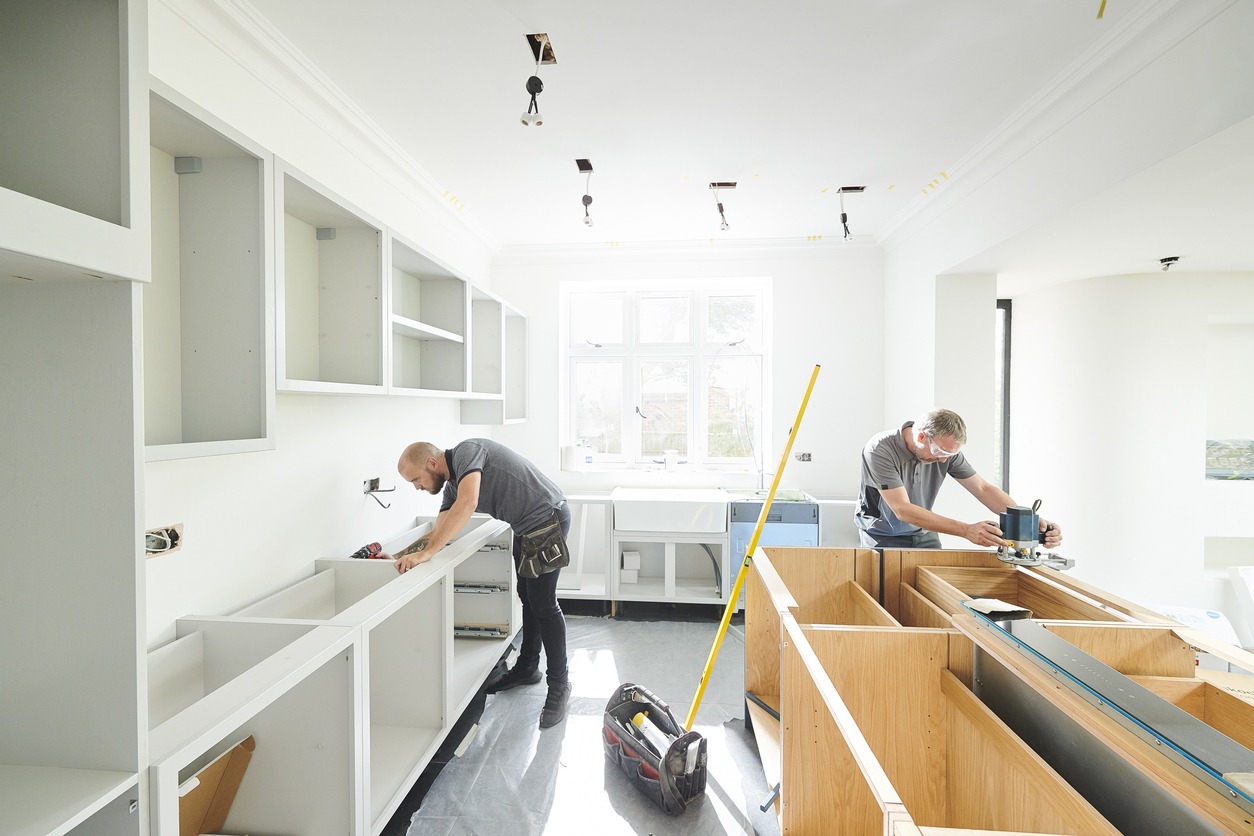
source: pinterest.com
If you find yourself in a really tight financial situation, this doesn’t have to be the excuse to postpone a much-needed home renovation. We often ignore the psychological effect of our home environment on our overall mood. Tony Robbins once expressed how pent-up frustration on washing his dishes in a bathtub – as his financial situation didn’t allow him to rent an apartment with a kitchen – triggered his desire to improve his life drastically.
That sofa you may feel as old and worn can get a refresher by hiring the services of specialized cleaners. Kitchen furniture can get revitalized by giving it a new coating color and adding LED lights below hanging cupboards. Chairs can get a renovation by changing their seating fabric to meet your desired scheme.
Take a closer look at what you currently own, or ask a good friend for their honest opinion. You would be surprised about how many elements can be saved and repurposed for the next chapter in your home life.

